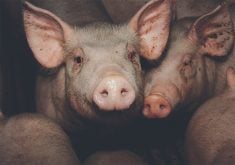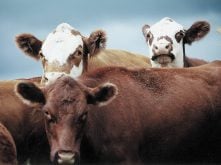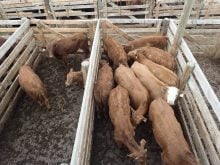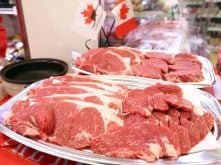When shoppers see sirloin steak at $6.71 per pound in the meat case, they assume the farmer who produced the steer must be getting rich.
Not necessarily so.
“If you see a huge increase in beef prices, a major percentage of it is not going back to the producer,” says cattle producer Kevin Boon, who has a cow-calf and feedlot operation at Delia in central Alberta.
Cattle producers are doing well now because of stronger demand, low feed prices and a low Canadian dollar, said Boon, who chairs the Beef Information Centre board.
Read Also
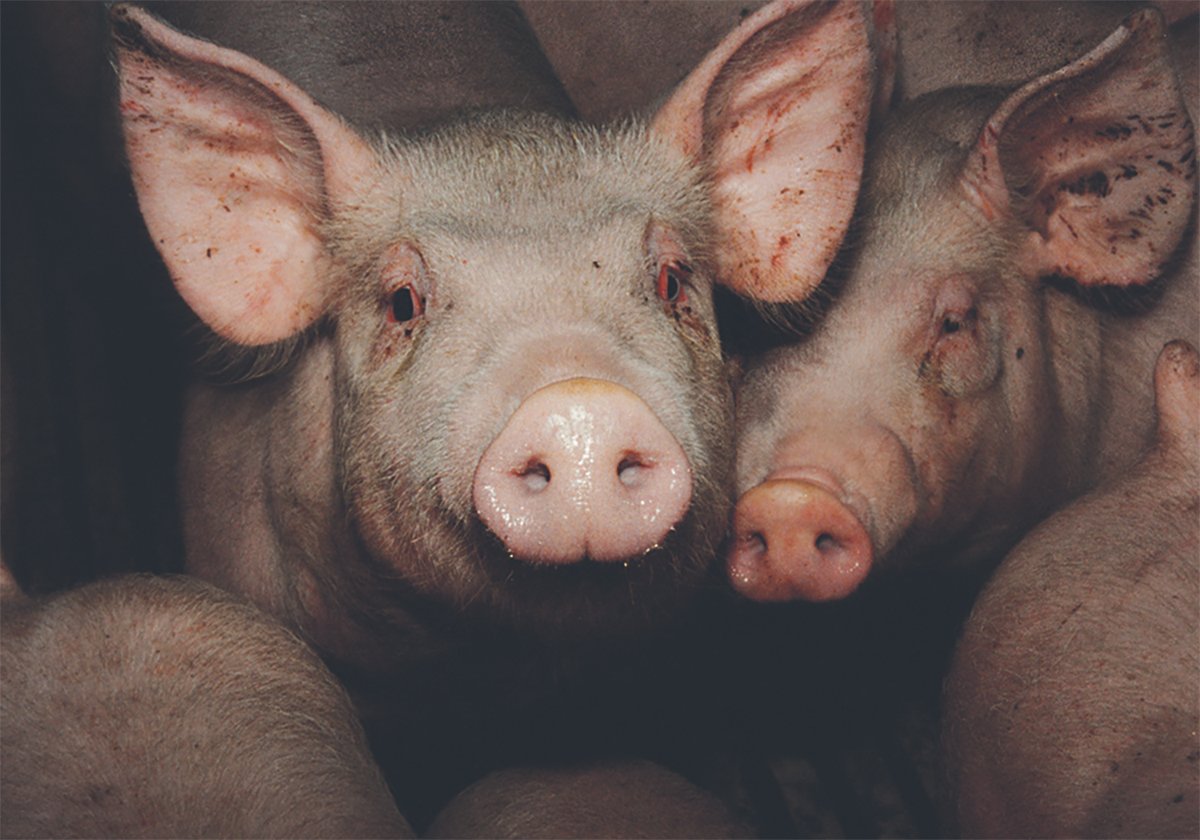
The Western Producer Livestock Report – October 30, 2025
Western Producer Livestock Report for October 30, 2025. See U.S. & Canadian hog prices, Canadian bison & lamb market data and sales insights.
The cattle cycle also helps. Cattle prices follow a 10-12 year cycle of large supplies and low prices followed by reduced supplies and high prices.
Producers are now in the profitable part of the cycle, but there isn’t a direct connection to retail beef prices.
Fluctuations in cattle prices are reflected somewhat at the retail level, but most meat managers prefer to keep beef prices stable from one week to the next, say industry analysts.
Pricing beef is a complicated series of steps from the time the steer is weaned on the farm until it is slaughtered and packaged as steaks, roasts and ground beef.
Each cut has a different value. The end meats producing the lower value cuts and ground beef comprise 54 percent of the carcass while the higher priced ribs, loins and roasts are less than 25 percent of a 750 lb. carcass.
Pricing comes down to strategy at each link in the meat production chain.
Retail prices can reflect a goal of earning higher profits or bringing higher numbers of people into the store with lower prices, said Kevin Grier, editor of the Canadian Cattle Buyer.
“Features drive sales,” said Grier.
“You put something on special at a good price on the front page and you’ll move five times to 10 times its normal volume.”
Feature plans are set well in advance so that retailers can place their orders with wholesalers and avoid getting caught with excess beef inventory.
When tight beef supplies raise prices, the retailer reduces beef features and substitutes other products like chicken, pork or pasta, said Glenn Brand, national retail merchandising manager at the Beef Information Centre.
“Less product is featured and sales tend to soften somewhat.”
Also, most retailers are unsure what it costs them to put each cut in the meat case. They do not consider the amount of time required for cutting and packaging or the losses that result from reworking steak into hamburger.
Store accounting systems look at overall sales volumes and margins. Most products come into the store as finished goods that do not require alterations.
Meat, produce and bakery items require more handling, but most stores do not analyze profitability at that level, said Brand. Their main buying strategy is to search for the lowest price among favored packers.
They examine historic prices and trends. Often, the final price comes down to private, one-on-one negotiations to determine who has the most power that week, said Grier.
Packers also tend to operate on a low-cost, high-volume system,
resulting in a one percent profit on average.
Sales managers at the packing level know their plants’ daily kill and fabrication costs, kill volumes and inventory. They also try to find out how much volume the competition has. They set the asking price on each cut based on their profit objective and the overall cutout value of a carcass. Cutout is an estimate of the value of the beef carcass at the wholesale level.
At the packer level, cutout values, beef sales, live supplies and show lists of prices from feedlots are analyzed. They have daily live prices and purchase volume targets.
Packers use the information to set a live price target of what they want and what they can get. Those numbers do not always match.
Cattle feeders base their cattle price on an analysis of feeder calf prices, cost of gain and projected feed prices. They operate on a breakeven basis.
“Over the long term, retail and wholesale and live prices move together,” Grier said.
“It is impossible to say which drives which.”



